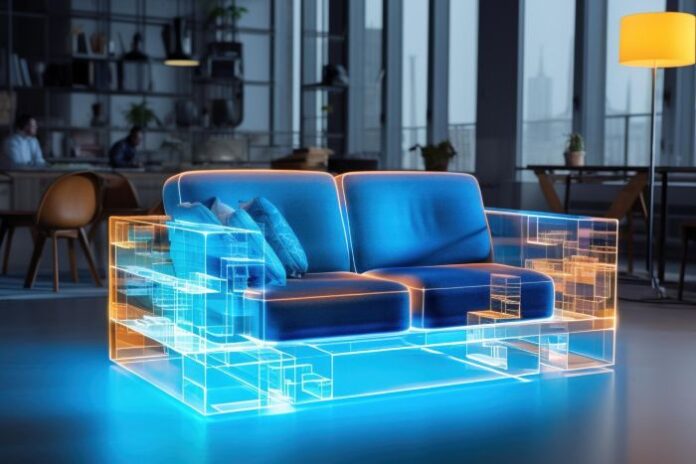Technology is rapidly transforming every industry, and interior design is no exception. From 3D modeling to AI-driven planning tools, today’s interior designers must be as tech-savvy as they are creative. For students and professionals alike, understanding how to use modern tools is essential for staying competitive in this dynamic field. This evolving landscape is fueling a growing emphasis on technology in interior design—an essential skill set for the next generation of creatives.
This transformation is especially evident in forward-thinking cities like Kolkata, where a growing number of institutions are offering courses that blend traditional design education with modern technology. Students enrolling in an interior design course now gain access to advanced tools that prepare them for a future where digital fluency is just as important as artistic talent.
Table of contents
The Role of Technology in Interior Design
Modern interior design is no longer limited to sketches on paper. Designers now rely on a wide array of software and digital platforms to visualize, edit, and present their ideas. Tools like AutoCAD, SketchUp, and Revit allow for high-precision drafting and 3D visualization. This ensures not only better design accuracy but also improved client communication through realistic renderings and walk-throughs.
Virtual Reality (VR) and Augmented Reality (AR) are also changing the game. These immersive technologies allow students and clients to “walk through” a space long before construction begins, identifying problems and exploring options in real time. Institutions that offer an updated interior design curriculum make it a point to include hands-on experience with these tools. By incorporating technology in interior design, these programs ensure their graduates are ready to meet industry demands.
Artificial Intelligence and Smart Design
AI is being increasingly integrated into design software, offering smart suggestions for layouts, lighting, and even color schemes based on user behavior and environmental data. This not only makes the design process faster and more efficient but also promotes better user-centered design.
Students in Kolkata’s top design programs are exposed to these AI tools, learning to interpret data and use it to create functional, beautiful, and smart spaces. Courses now often include data analytics and digital literacy as key components of design training. This deep integration of technology in interior design provides a competitive edge in today’s job market.
Sustainable Design Meets Smart Tech
Sustainability has also become a major focus in interior design, and technology plays a critical role. With energy modeling software and databases for eco-friendly materials, students are learning to design spaces that are not only stylish but also environmentally responsible. Colleges like ESEDS in Kolkata integrate sustainability with technology, providing students with a holistic and forward-thinking education.
The blending of eco-conscious principles with smart design tools allows for the creation of interiors that conserve energy and reduce waste, while still delivering high-end aesthetics. This alignment with global green trends is shaping a new era in technology in interior design.
Collaborative Platforms and Remote Design
Another major shift brought by technology is the rise of remote collaboration and cloud-based platforms. Designers can now work with clients, contractors, and peers around the world using tools like Figma, Conceptboard, and BIM 360. These platforms allow for real-time updates, file sharing, and virtual meetings, streamlining the entire design and implementation process.
Interior design students in Kolkata are learning to thrive in this collaborative ecosystem. Many institutions now include team projects that mimic real-world design challenges, using digital platforms to foster communication and problem-solving. This exposure is crucial for preparing students for modern workplace dynamics, where technology in interior design facilitates seamless teamwork regardless of location.
Career Opportunities in Tech-Enhanced Interior Design
With the rise of smart homes, IoT devices, and personalized digital spaces, new career paths are emerging at the intersection of design and technology. Professionals can now specialize in roles such as digital design strategist, 3D visualization expert, or sustainability consultant with a tech focus.
Graduates from advanced interior design programs in Kolkata are increasingly finding opportunities not only in traditional architecture and design firms but also in tech startups, real estate development companies, and luxury smart home consultancies. The demand for designers who can merge artistic flair with tech proficiency underscores the importance of emphasizing technology in interior design throughout one’s education.
Final Thoughts
As the demand for smart, tech-driven interiors grows, so does the need for skilled designers who can navigate the digital tools of the trade. If you’re considering a career in design, enrolling in a leading interior design college in Kolkata that embraces innovation is essential. The incorporation of technology in interior design not only enhances creativity but also opens doors to exciting career paths across industries. By combining creativity with technology, the next generation of designers in Kolkata is poised to transform the way we live and work.











